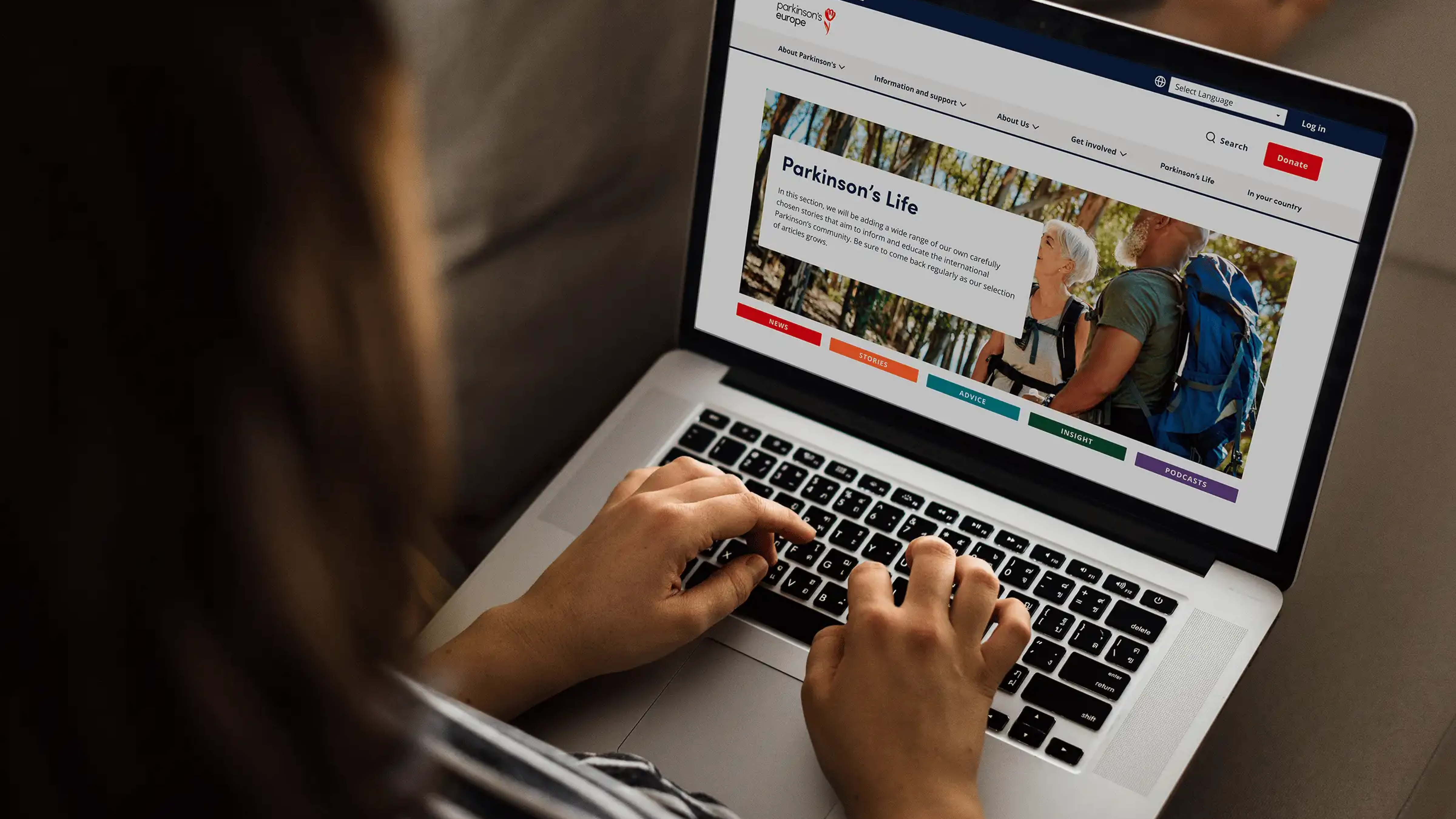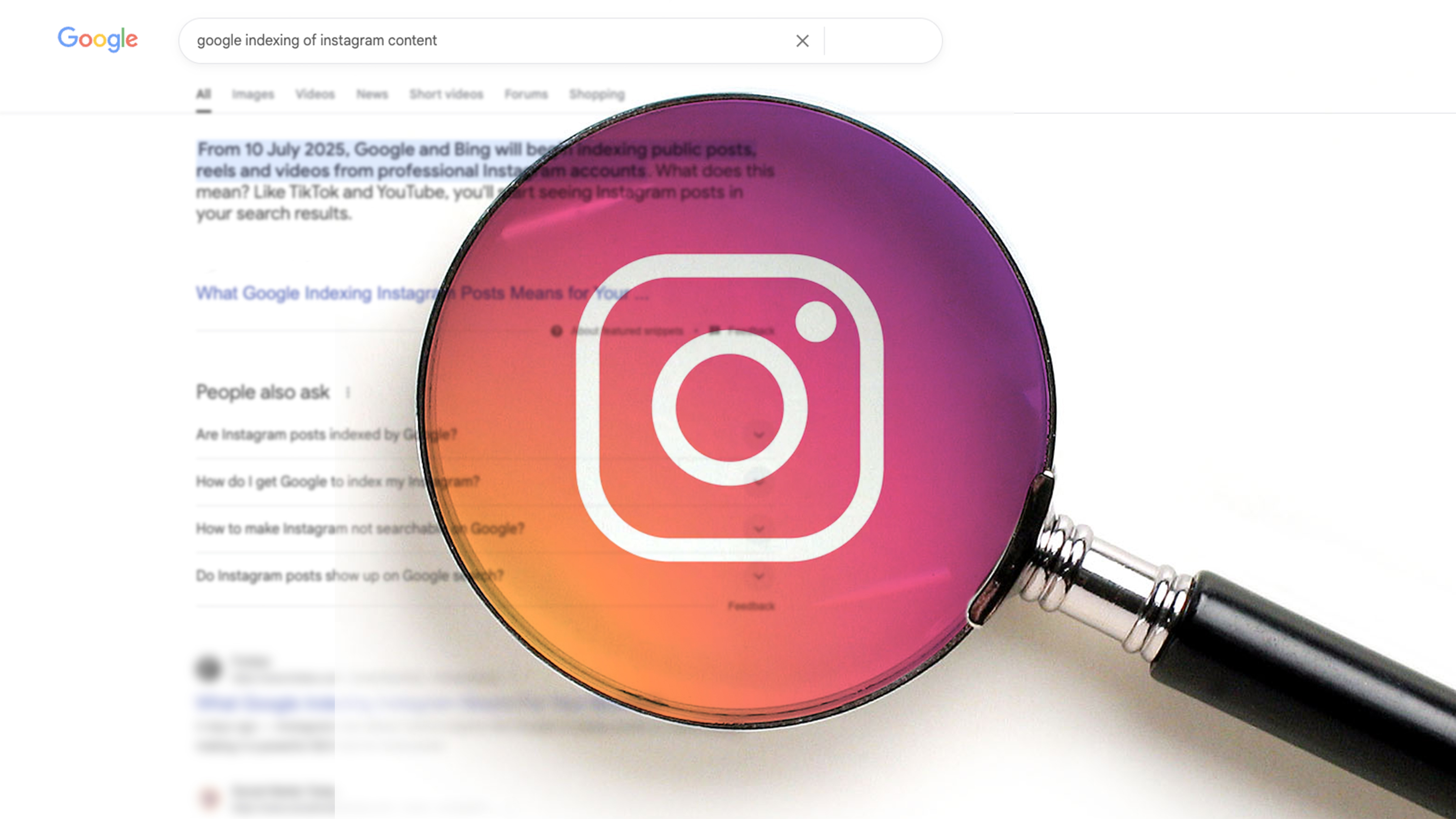Last week, we mentioned the fact that 67% of people prefer to receive company updates via email during this period. Making it by far the most popular way for people to stay connected to companies.
So this week, we’re exploring the topic of how to write particularly amazing emails. We will be looking at some tips for frequency and tone of voice during the coronavirus period. As well as ‘Email Marketing 101’ with basic tips for beginners to get more out of their email campaigns and marketing.
Whilst it’s true that emails are particularly important right now, a solid long-term strategy will only benefit you going forward. Unlike types of pay-to-play marketing, emails have the unique potential to land straight in someone’s lap (or inbox). It’s up to you to make it worthy enough to act on.
This article is part of our Content Hub on how businesses can proceed with marketing during this Coronavirus period. Bliss is pooling our 10 years of industry experience to create these free and informative guides to help you, with weekly updates.
Coronavirus Communications
Frequency
Does your inbox feel a bit more busy than usual? That’s because more emails are now being sent. HubSpot found that 44% more emails were being sent during May in comparison to before lockdown.
You may think this puts you at a disadvantage as more emails = more competition. But you’ll be pleasantly surprised to hear that open rates are at an all time high right now too. People are seeking information and updates, and are more likely to read your email. So make sure what’s in there counts.
But before we get into content, there are a few burning questions left on ‘frequency’. The classic one being - how often should I be sending emails during this period? Unfortunately, there isn’t exactly a clear cut answer. Though there is one certainty - do not go radio silent. Only 8% of people prefer companies to not email during this era.
As for whether to be emailing more or less than you usually do - it probably comes down to your primary demographic. Overall, 45% of consumers prefer fewer email updates to normal, but 47% want more (in market research conducted by Twilio).
However, when you dive into the numbers - the youngest surveyed (18-29) wanted normal levels of communication, the 30-44 year-olds wanted more communication and 45-60 preferred less. So if you are targeting one market in particular, keep these numbers in mind, to stay on your recipients best sides.
TOP TIP: Too many emails is the number one reason people unsubscribe from lists, so don’t go overboard with them either. Subscribe to the biggest players in your field and see how often you hear from them to gauge industry expectations.
As for when the best day to send emails out is? Unfortunately, that really is up in the air, with even email experts disagreeing. The best way to measure that is by running tests yourself to see when people are more likely to open and click.
Relevancy
Say you want to start an email campaign to promote brand awareness, your first question should be - what are you emailing about?
When it comes to Coronavirus, the key really is staying relevant in your communications. Don’t title an email - company update if you have nothing new to say, but don’t feel that the only information your subscribers want from you are company updates.
In the same market research as above, Twilio looked into what type of communication people were highly interested in, to having zero interest in. Here are the findings for what people most wanted to hear (high/medium interest):
- 84% want critical updates “about what I can expect from an individual company—I want to know if they’re closing or offering alternative ways to continue to engage” (53% high interest / 31% medium interest)
- 71% want information about charitable actions companies are taking “(or opportunities they’re providing me) to support others during this time—I appreciate companies that are community-minded” (32% high interest / 39% medium interest).
- 70% want inspiration and strategies to stay safe and healthy “based on a company’s area of expertise—I’ll take any and all ideas to ease the stress I’m feeling” (37% high interest / 33% medium interest)
- 65% want normal promotions and communications “what I’d expect prior to COVID-19—small moments of normalcy are comforting right now” (26% high / 39% medium)
- 59% want general messages acknowledging COVID-19 “and offering well-wishes or support—it’s nice to know companies I care about also care about me” (27% high interest / 32% medium)
So overall, there isn’t one type of communication which isn’t appreciated by the majority. However, it is notable that the two at the bottom of the list (which also had the least high interest) notably offer less relevant information to their audience.
‘Normal promotions’ don’t acknowledge coronavirus which can seem like brands burying their head in the sand. ‘General messages’ don’t offer the reader any value, as it’s unlikely that they gain meaningful comfort from a mass company email.
Instead, aim for your emails to be relevant to the reader. Provide useful information, create marketing applicable to the current situation.
Empathy
In our article about getting your website ready for ending lockdown, our CEO Jon Stutfield summarised with:
But now more than ever, we need to consider the emotional viewpoint of the customer. Not just 'what do they want' but 'how do they feel'.
It is crucial that your emails have an overall tone of empathy to the reader. Anything too uncaring and salesy is going to reflect poorly on your business especially in this time when most are focusing more on human connections.
You don’t have to be overly sycophantic, but do be sensitive to your customers’ changing attitudes. All whilst remaining relevant and with value!
PRO TIP: When writing an email, try to empathise with your customers’ concerns and pain-points (remembering that they may have changed during Covid-19) and offer a direct solution to them, before pushing your product.
Need some more inspiration on how to be more empathetic in your marketing? We covered the basics of conscientious messaging HERE.
Tips on using the ‘C-word’:
- There isn’t an official right or wrong about explicitly mentioning Covid-19, but there is a general oversaturation of the term. So rather than repeatedly stating that we’re in unprecedented times, aim for positive content in spite of the period.
- Sparingly use ‘Coronavirus’ or ‘COVID-19’ in the subject lines of your emails unless they are directly related to the virus (such as a company update about your next steps or safety measures). Whilst having that phrase in the subject line of an email may lead to higher click rates, people won’t be impressed with you taking advantage of the situation and may not read future emails.
Emailing 101
These are Bliss’s top recommendations on email marketing best practice for during Coronavirus and beyond! Just by implementing these ideas, your email marketing will be more successful - guaranteed.
EMAIL LIST:
The first thing to do, before you even start thinking about crafting an email, is clean up your list of recipients.
Email hygiene
Having good ‘email hygiene’ involves removing bounced and chronically unengaged email addresses from your list, to make sure your emails are only going to the people who actually want to see them.
Whilst having a huge list of subscribers may seem like a good thing in theory, if they’re not relevant and never going to do business with you, they could actually be detrimental to your marketing efforts.
- It’s more expensive to keep sending them emails
- It skews open/click results negatively, making it harder to assess which emails are working
- A high number of unopened emails may make you appear spammy to ESPs Email Service Providers
- It means there are more subscribers to try and segment (more on that below!)
So once or twice a year, take a look at your list and see who hasn’t been engaging with you recently. Don’t be afraid to send out emails asking if they still want to hear from you. Even if they say no, you can ask for a reason, which will help you know how to improve future emails. Plus, they’ll appreciate you giving them an ‘out’ rather than the negative associations of you continually sending them irrelevant content.
Segment your full list into categories and personalise to them
Segmenting is the process of splitting your list of email subscribers into in-depth groups based on demographics, purchase history, job function, and relevant categories for the different parts of your business.
Once segmented, you can send out separate emails to each group which are highly relevant to the recipients. Businesses which implement email segmentation see a 760% increase in email revenue on average.
It’s a lengthy process, but once done the results are clearly worth it. Plus, going forward, just make sure when people are signing up they’re asked what they’re interested in hearing about. They can then be automatically placed in the correct segments.
Segmentation ultimately leads to better personalisation. Which should be at the forefront of any email you send out.
It makes sense - the sales techniques you would use on customers who had already bought your product vs. someone totally new to your business would be different. As would they if you were selling to an 18 or 80-year-old. So by segmenting your audience, you can guide them along the sales funnel from where they are. As well as this, you can anticipate their concerns, needs and questions, and send emails to directly address these. All while personalising the emails to them (with more than just a merge tag in the salutation or subject) to help make them feel as relevant and high-value as possible.
Whereas, one-size-fits-all emails sent to every customer on your database, will have to be incredibly vague in order to not alienate a group of readers. But that vagueness will read as unpersonalised to all recipients. And if you don’t care about their individual needs, why should they care about your business? ‘Emails which people find irrelevant’ is the 2nd most common reason people unsubscribe from lists.
EMAIL CONTENT
Once you have your list ready to send to, check out the below tips to help ensure they open your email.
Spend time on your subject line/preheader text
The subject line and preheader text you choose are the best ways to ensure your email gets clicked on and read.
A massive 47% of recipients will open your email based on the subject line. Similarly, studies have shown that compelling preheader text can also increase open rates by 30%.
So all that time you spent crafting the perfect email could go to waste if you neglect to hook people in by leaving the subject line as an afterthought.
And whilst there isn’t a formula for the perfect subject line, there are general guidelines:
❌ Avoid: All caps, exclamation marks, spammy phrases (win, free, £££), emojis*
✅ Include: Information about what’s genuinely inside the email. A really exciting subject line may lead to more email opens, but the click through rate is usually the true metric for success.
*or use sparingly if you think they’re suitable for your audience
Make it snappy
On average, you have 8 seconds from someone opening your email to grab their attention. If not, they’ll get distracted and move onto something else. So keeping it short and snappy, with great visuals will catch their eye and encourage them to read the whole message.
Visuals wise - smaller emails work well because they load faster and don’t seem like endless scrolling on mobile. Create email templates with simple designs rather than trying to fit too much on the page. Recipients will judge your emails on their looks, so make sure they reflect your brand well.
For text, the shorter and clearer the better. If you can arrange it into distinct sections this makes it easier to scan, which allows recipients to glean value from your email faster. Also spend time making it personalised to that reader’s segment, and all tailored towards getting them to click on your CTA (Call to action).
As for the CTA, place it sufficiently high on the email, and make sure it stands out on the page. You can always repeat exactly the same CTA lower down, for the people who need a bit more reading to persuade them to click.
A/B test to find what works
Finally, you’re ready to go! Your email looks great, the subject line is intriguing, the audience will find it relevant, but there is one final step - you need to A/B test it. A/B tests split up your email recipient list and send them different emails depending on what you’re testing.
You can test any element of an email, from the length of the subject line, the send time of the email, the picture-to-text layout, the tone of voice, the colour of the CTA… all to check what your recipients respond well to. Just choose one element at a time, so it’s clear if something really works or doesn’t!
This is one of the easiest ways to continually improve your email marketing. Plus, it can be very interesting to see the results of what your audience is actually interested in. Even a small A/B test could highlight a big preference, which could make all the difference in your email campaigns going forward.
In conclusion:
- Being clever with your email marketing and putting in a little more time into your audience organisation, subject lines and appearance, can make all the difference in your success rate.
- By putting customers first, beyond sales, during this coronavirus period you will be standing yourself in great stead for when things start to return to normal.
- Giving people relevant information, through segmentation and also empathetic content, will show you care about them, and in turn, they will care about your business too.
POPULAR, RELATED ARTICLES:
- Marketing campaigns to lift you out of lockdown
- How to get your website ready for lockdown ending
- Communicate clearly with this in-depth guide to online copywriting
Check out our full Content Hub for advice, best practice and ideas on how businesses can proceed with digital marketing during the Coronavirus period.
Articles and Blogs
Our blog gives you more of an insight into who Bliss are and what we’re up to. Check out our articles below.
View all articles

